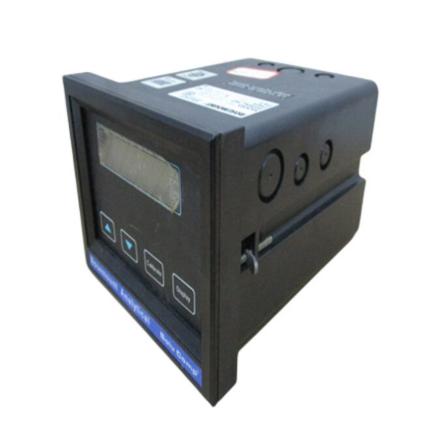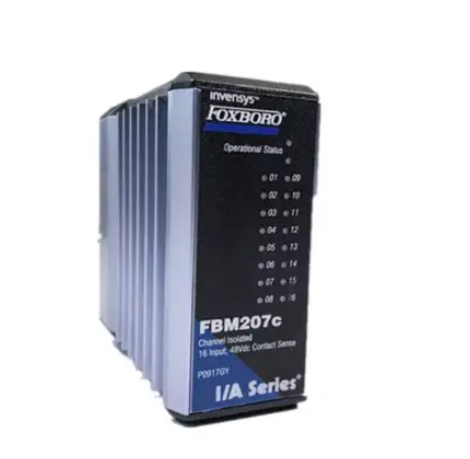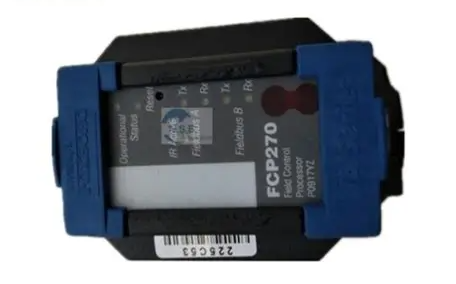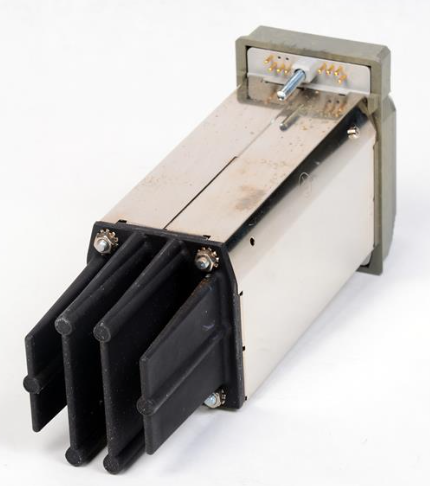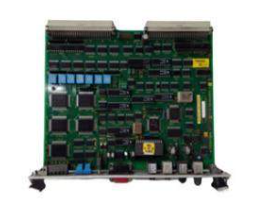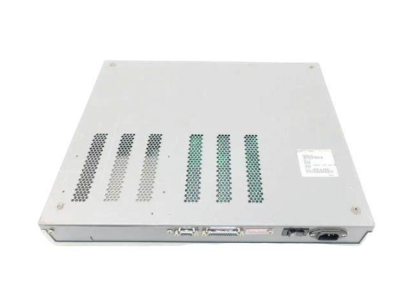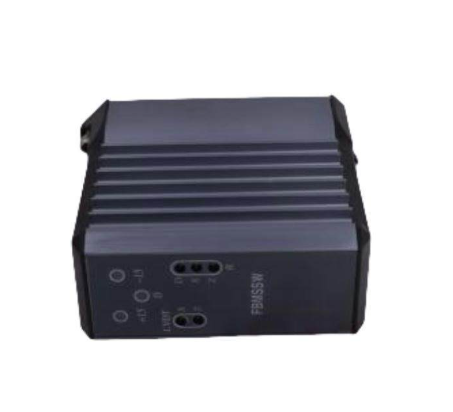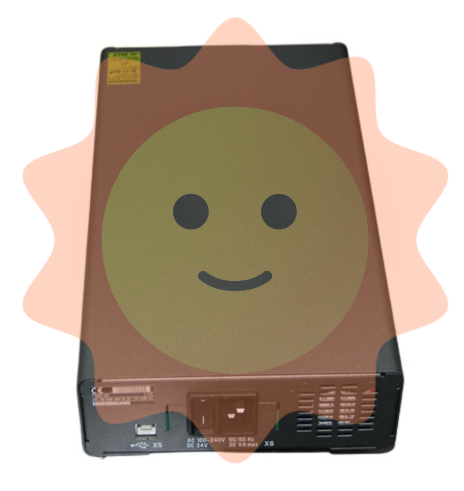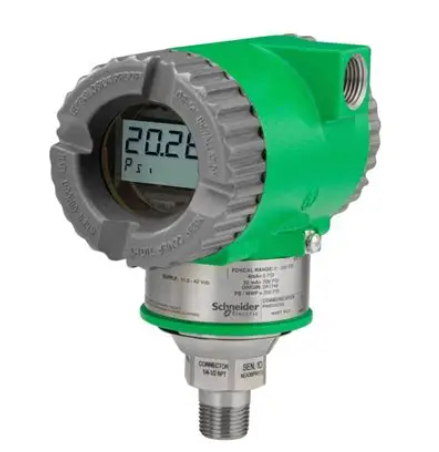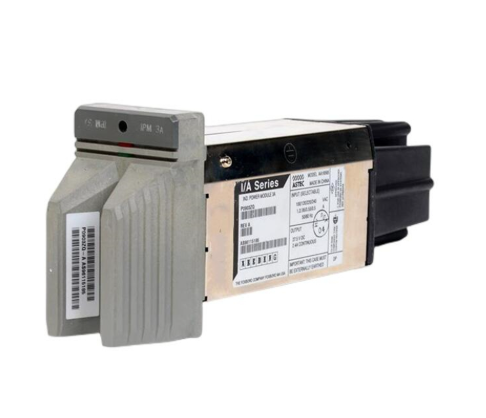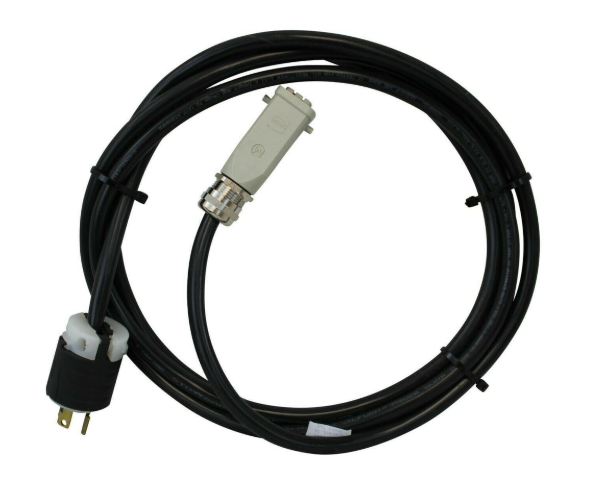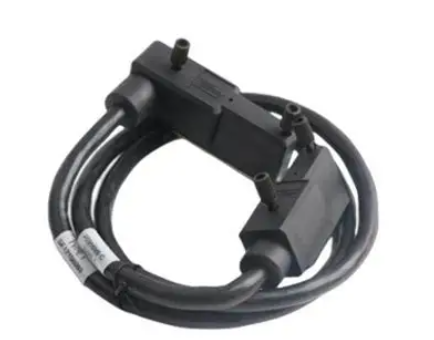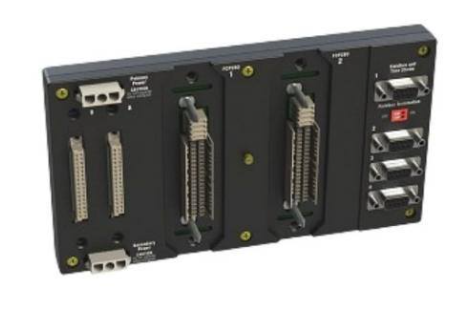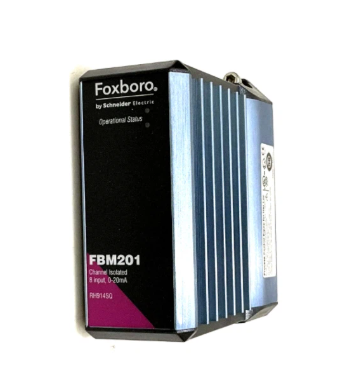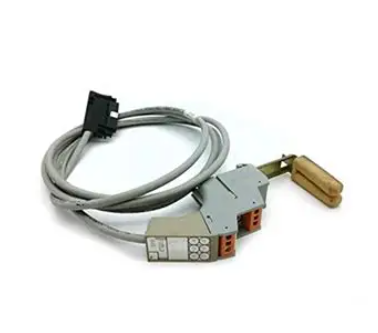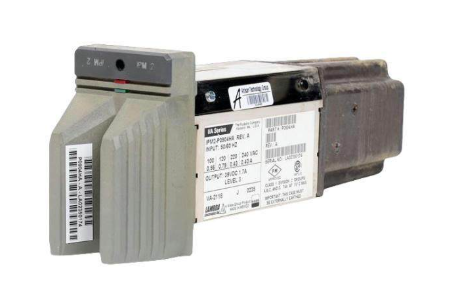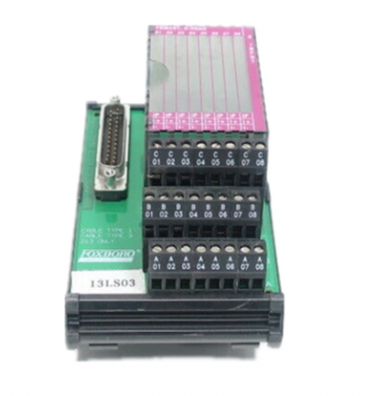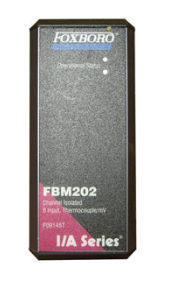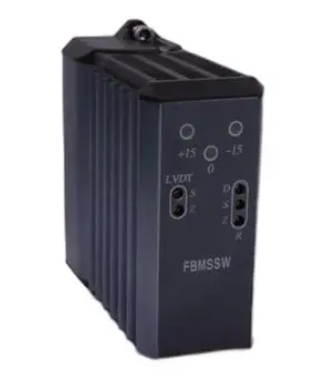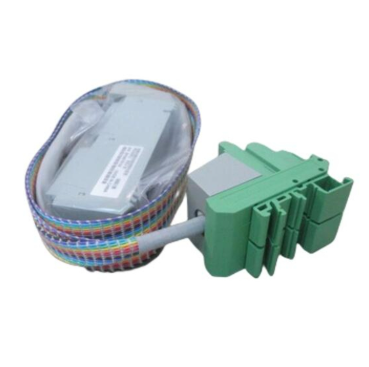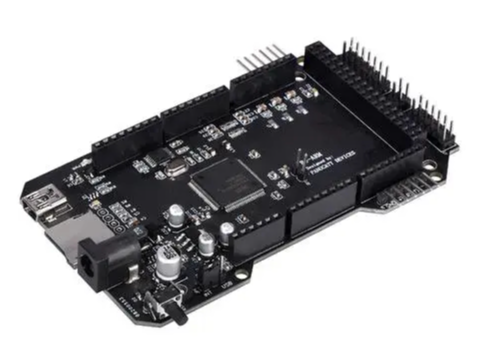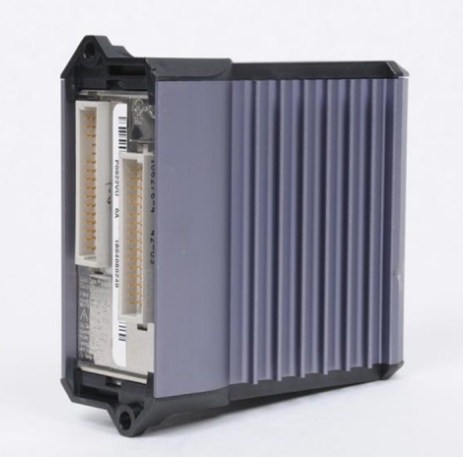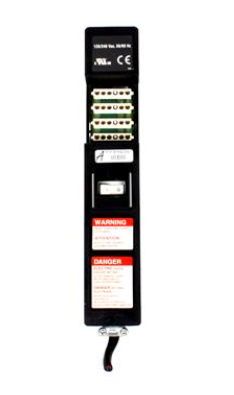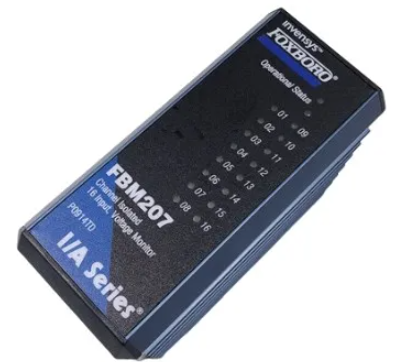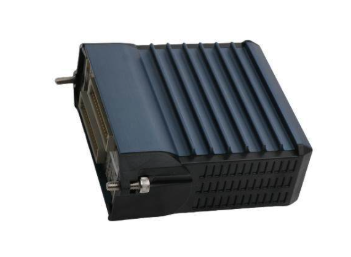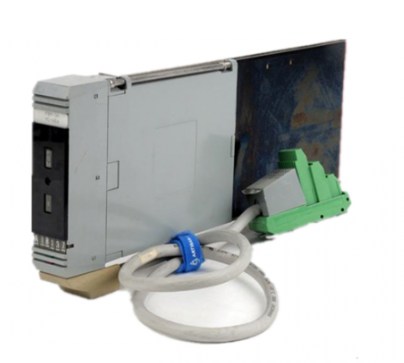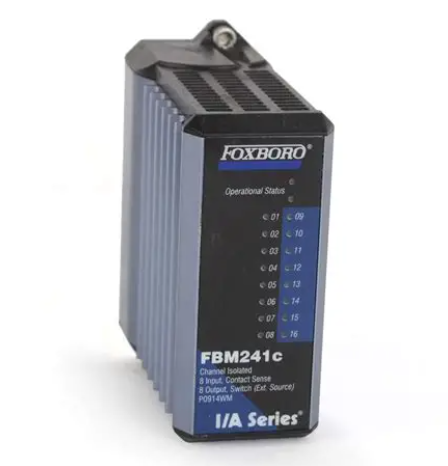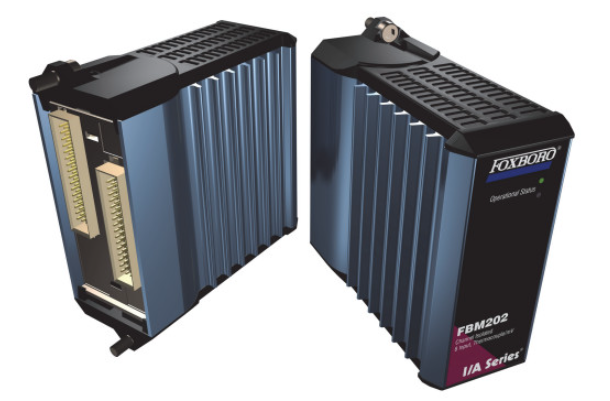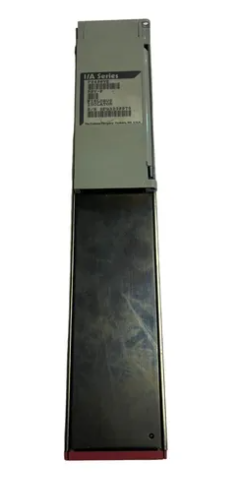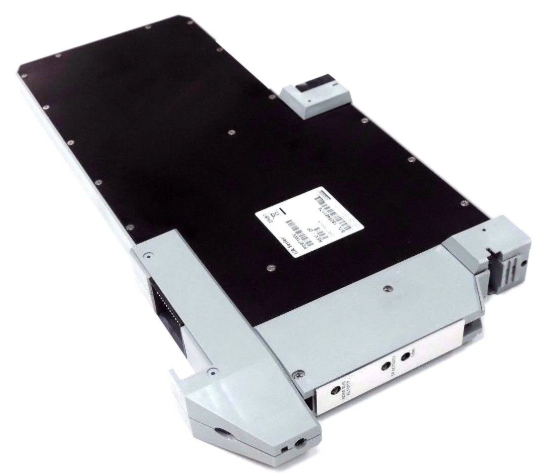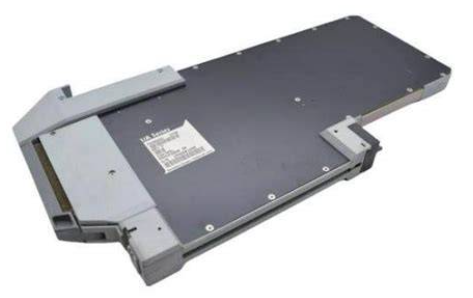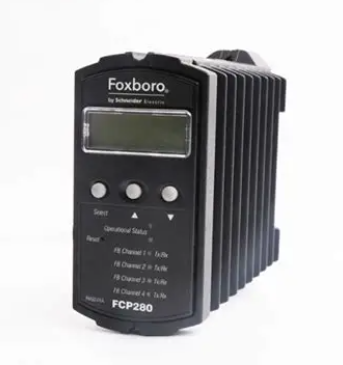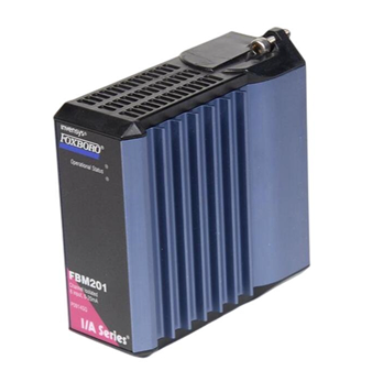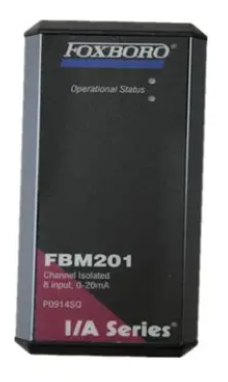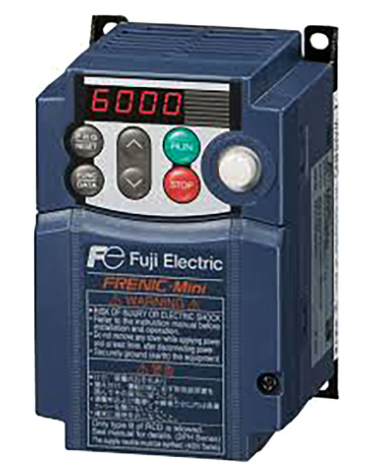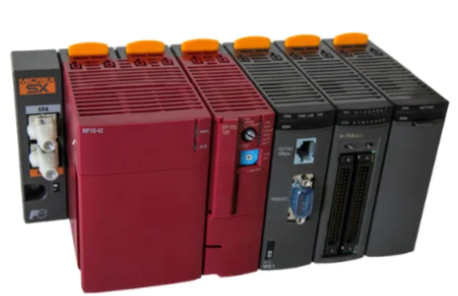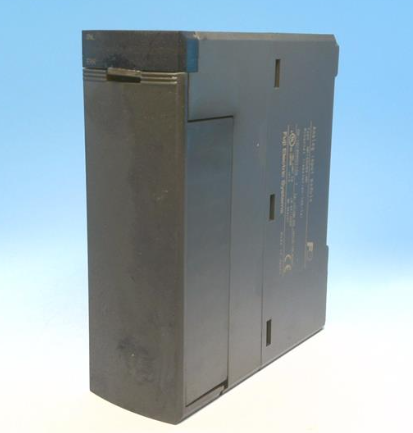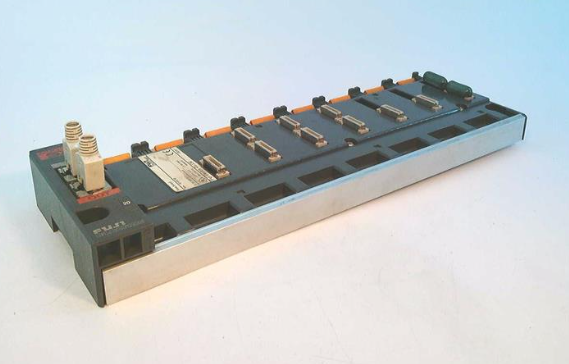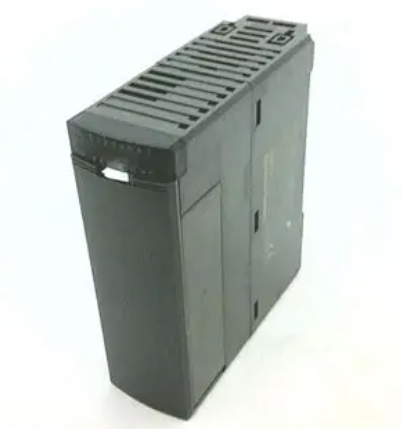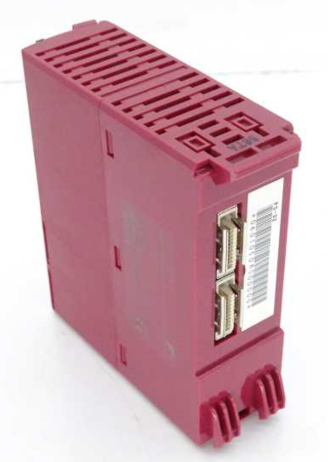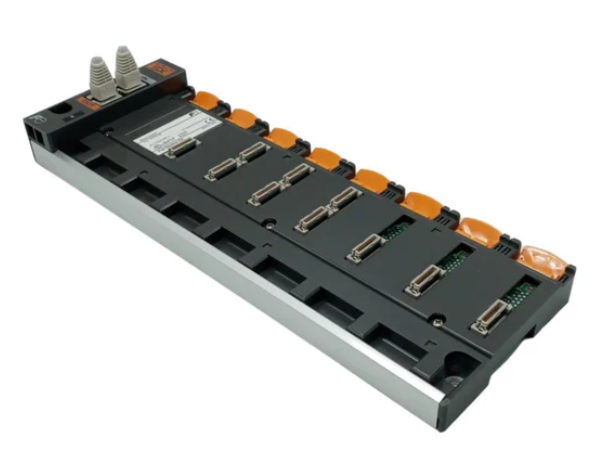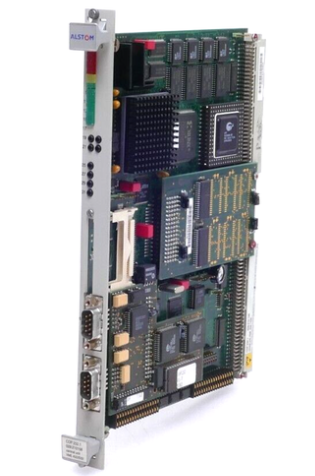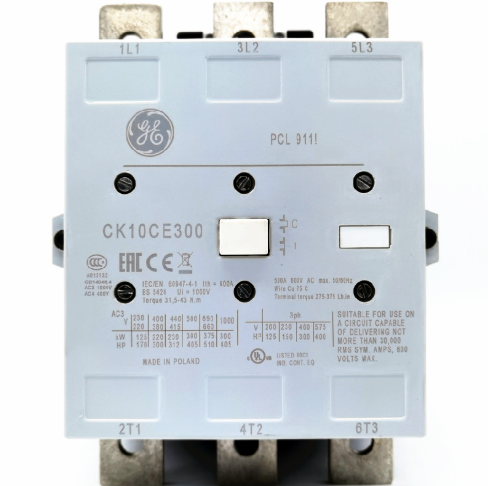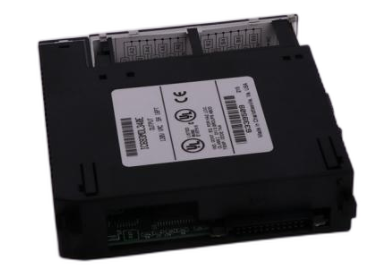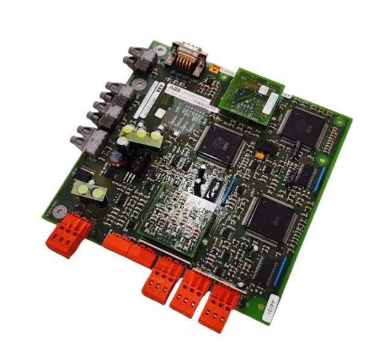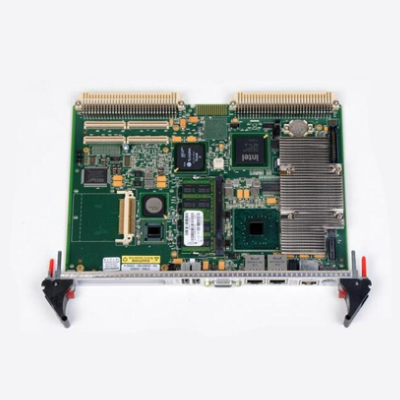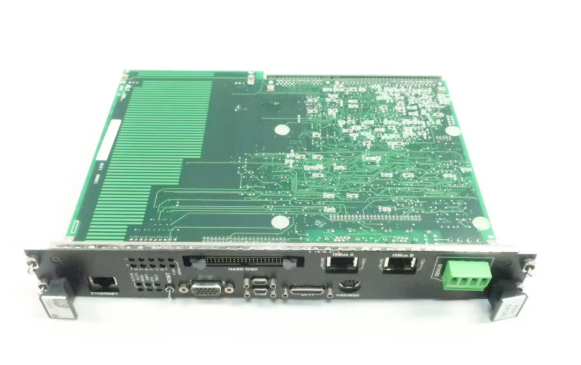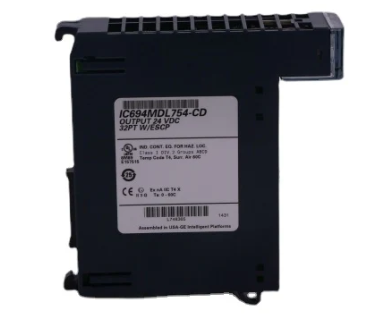Overview of rubber tire industry
Overview of the tire industry
1, tire industry chain
The main production process of tires is much the same, mainly including raw material processing mixing, rubber parts preparation process (rubber mixing, raw rubber plastic refining), tire molding, vulcanization process, inspection process and tire testing process.
Upstream: the upstream of the tire industry is mainly natural rubber, synthetic rubber, carbon black, steel cord and fiber cord. According to the annual report of listed tire companies, raw materials account for about 70% of the production costs of domestic tire factories, of which natural rubber and synthetic rubber account for the largest proportion. It can be seen that the fluctuation of rubber price directly affects the production cost of tire manufacturing enterprises, and has an important impact on the tire operating rate.
Midstream: The midstream of the tire industry is the automobile and mechanical vehicle manufacturing industry. After the production process, the finished tires manufactured are mainly like semi-steel tires, all-steel tires, bias tires, engineering tires and special tires, among which the sales of semi-steel tires account for the majority, and the replacement tire market is broad.
Downstream: The downstream of the tire industry covers passenger cars, commercial vehicles, construction machinery and other fields, the most important is still the car. Automobile production and sales ensure the stable demand of the domestic tire supporting market, and the huge car ownership market will create long-term strong demand for tire products, and the rigidity of its demand is greater than that of the automobile industry.

2, history of development: Europe and the United States first, Japan and South Korea followed, China started late
As a heavy asset industry that started earlier, the tire industry has experienced more than 100 years of evolution and development. In 1888, Mercedes invented the first gasoline car, which was equipped with metal tires covered with inflatable rubber, and opened the page of inflatable tires. After decades of improvement, the skeleton material and raw material formula of the tire body have made great progress, and in 1905, people invented tires with tread, which also improved the coefficient of friction between the tire and the ground. In 1931, the DuPont Company industrialized synthetic rubber, thereby increasing the production of tires, which had been relying on natural rubber tire production ushered in a new turning point. In 1946, Michelin invented the radial tire, which increased the service life of the tire by 30% to 50%, and reduced the fuel consumption of the car by about 8%. The use of radial tires has ushered in a real technological revolution in the tire industry. 1970s has been popularized to other industrial developed countries in Western Europe, such as: France Michelin, the United Kingdom, Italy, Libenai nine, the United States, Firestone and other multinational companies have mass production of radial tires, to the end of the 1980s, European transport vehicles have 100% to achieve meridian, the United States transport vehicle tire radial tire degree has reached 75%; Japan, South Korea and other countries have gradually realized the variety of meridian products to "three" (meridian, tubeless, flat) development. China's rubber tires started late, 1934 produced the first domestic automobile tire, 1964 self-designed and developed the first all-steel radial tire, radial tire industrial production after the domestic tire industry layout has taken shape, rapid development is since the reform and opening up.
At the beginning of the 21st century, China opened overseas markets with its low-cost advantage, and domestic tire production capacity increased significantly. However, the homogenization of local products is serious, the obvious overcapacity problem in 2010, the introduction of relevant policies to promote domestic production capacity clearance, the development of the domestic tire industry gradually on the right track. In the 2021 global tire 75 "strong" list, China accounted for 35 "strong", 10 "strong" Chinese manufacturers accounted for two seats, the top 20 "strong" Chinese manufacturers accounted for 4 seats, Chinese tire manufacturers constitute a beautiful landscape in the world tire industry. At present, Europe, the United States, Japan and South Korea tire manufacturers still dominate the global tire industry, but the industry concentration has declined, and the research and development and manufacturing of radial tires are slowly shifting from developed countries to developing countries.

3, China's tire industry pattern
Tire industry is a discrete traditional processing industry in the transformation and upgrading, capital intensive, technology intensive, labor intensive and economies of scale characteristics are more obvious. At present, the global tire industry is dominated by large multinational enterprises, and the top three Japanese Bridgestone, French Michelin and Goodyear in the global tire industry account for more than 30% of the global tire market, and more than 90% of the global tire sales market is controlled by tire Top75 enterprises. The global tire industry competition pattern presents four echelons, the first echelon has Bridgestone, Michelin, Goodyear; The second tier includes Horse Brand, Sumitomo Rubber, Zhongce Rubber; The third echelon includes Linglong, Hengfeng, Sayun and so on. A small number of China's tire enterprises are ranked in the second echelon, and most of them are ranked in the third echelon and the fourth echelon. In recent years, with the rapid rise of Chinese tire companies, the market share of international first - and second-tier giants has shown a downward trend, and the number of domestic enterprises has increased, but the homogeneity of domestic tires is obvious, and technology, brands and channels lack advantages, so although China is in the forefront of the world in terms of output, the international competitiveness of tire companies still has room for further improvement.
Second, tire basic knowledge
1. Classification of tires
Structurally, automobile tires can be roughly divided into bias tires and radial tires. The main difference is that the radial tire is the body cord line arranged in the meridian direction and wound side by side, while the bias tire cord layer is diagonally crossed, but it has been gradually replaced by the radial tire. Radial tires can be divided into passenger tires and commercial tires according to the application field, semi-steel tires are mainly used in passenger cars and small commercial vehicles; All steel tires are mainly used in large commercial vehicles such as buses and trucks. If classified according to the source of tire demand, it can be divided into matching tires (new car supporting demand) and replacement tires (replacement demand). Among them, supporting tires are closely related to automobile production, and the replacement market depends on passenger and freight turnover, car ownership and other factors. Supporting market and replacement market are mutually complementary, symbiotic and co-growing relationship.

Table 2: Tire classification
2. Composition of production cost:
According to the annual report of listed tire companies, the cost composition of domestic tire production mainly includes raw materials, labor costs, equipment depreciation, energy and other costs. Tire belongs to the chemical industry, its cost is mainly affected by raw materials, the raw materials required for tire production are natural rubber, synthetic rubber, steel cord, cord fabric and carbon black, among which natural rubber and synthetic rubber are the most important raw materials in tire production, and the procurement cost of rubber is vulnerable to the exchange rate, international situation and other factors. Domestic tire factories have less investment in brands and channels, low brand premium, and high degree of automation of tire production lines, so raw materials account for a very high proportion of production costs (70%). Taking Linglong Tires, Cylun tires and Senkirin as an example, the proportion of raw material costs in operating costs in 2021 is 76%, 84% and 69%, respectively, accounting for an average of about 3/4. Among them, the proportion of natural rubber is 30%-40%, and the proportion of synthetic rubber is about 20%-30%, and the price fluctuations of the two have an important impact on the price of tires and the operating rate of tire plants.

3. Classification of tire market demand
The demand for tires comes from two aspects: the demand for new tires corresponds to the supporting market, and the demand for old tires corresponds to the replacement market. According to Linglong tire prospectus, at present, about 75% of the world's tires are sold through the replacement market, about 25% of the tires are sold directly to major vehicle manufacturers, and more than 70% of the tire industry demand is created by car ownership, which means that the business and profit source of tire manufacturers mainly comes from the stock market, even if car sales have negative growth. Still creates a constant demand for tire changes. It can be seen that replacement tires are the main market for tire demand. In addition, the single weight of half steel tires is basically about 6 kg, while the single weight of all steel tires is as high as 60-70 kg, and the replacement coefficient of all steel tires is higher than that of half steel tires, so the proportion of natural rubber in all steel tires is significantly more. Therefore, from the perspective of the impact of tire demand on the consumption of natural rubber, the impact of all-steel tires is greater than that of semi-steel tires, and the proportion of replacement tires is higher than that of matching tires.
- EMERSON
- Honeywell
- CTI
- Rolls-Royce
- General Electric
- Woodward
- Yaskawa
- xYCOM
- Motorola
- Siemens
- Rockwell
- ABB
- B&R
- HIMA
- Construction site
- electricity
- Automobile market
- PLC
- DCS
- Motor drivers
- VSD
- Implications
- cement
- CO2
- CEM
- methane
- Artificial intelligence
- Titanic
- Solar energy
- Hydrogen fuel cell
- Hydrogen and fuel cells
- Hydrogen and oxygen fuel cells
- tyre
- Chemical fiber
- dynamo
- corpuscle
- Pulp and paper
- printing
- fossil
- FANUC
- Food and beverage
- Life science
- Sewage treatment
- Personal care
- electricity
- boats
- infrastructure
- Automobile industry
- metallurgy
- Nuclear power generation
- Geothermal power generation
- Water and wastewater
- Infrastructure construction
- Mine hazard
- steel
- papermaking
- Natural gas industry
- Infrastructure construction
- Power and energy
- Rubber and plastic
- Renewable energy
- pharmacy
- mining
- Plastic industry
- Schneider
- Kongsberg
- NI
- Wind energy
- International petroleum
- International new energy network
- gas
- WATLOW
- ProSoft
- SEW
- wind
- ADVANCED
- Reliance
- YOKOGAWA
- TRICONEX
- FOXBORO
- METSO
- MAN
- Advantest
- ADVANCED
- ALSTOM
- Control Wave
- AB
- AMAT
- STUDER
- KONGSBERG
- MOTOROLA
- DANAHER MOTION
- Bently
- Galil
- EATON
- MOLEX
- Triconex
- DEIF
- B&W
- ZYGO
- Aerotech
- DANFOSS
- KOLLMORGEN
- Beijer
- Endress+Hauser
- MOOG
- KB
- Moxa
- Rexroth
- YAMAHA
- Johnson
- Westinghouse
- WAGO
- TOSHIBA
- TEKTRONIX


Email:wang@kongjiangauto.com






























